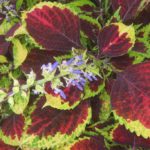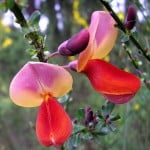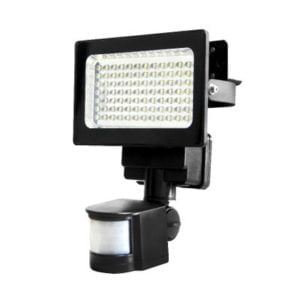Bleeding Heart Plants – Perfect residents for the shady spots in your garden
The Bleeding heart plant is native to Asia, grown for both its lovely, delicate foliage and striking, unusual flowers. It is an old-fashioned herbaceous perennial that thrives in growing zones 3-9. Here we’ve got an overview, with tips on the care of this charming shade garden plant.
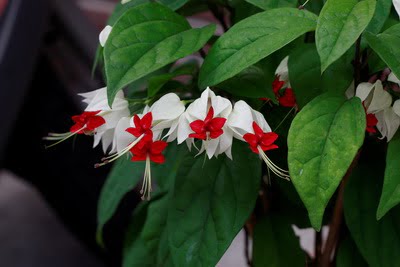
Many gardeners, faced with a shady garden area, feel that ‘all is lost’ in terms of finding hardy and attractive plants to populate that space. These plants are one of the best to fill these spots.
Bleeding heart plants typically grow to about 2-3 feet in height, in a mounding habit of the same proportions. Depending on the variety, the flowers are usually either pink or white. Some sport pink petals that lean towards a lavender shade.
The bleeding heart vine, (Clerodendron Tomsoniae), has white outer petals with attractive, smaller, deep red petals emanating from the center.
Other varieties of bleeding heart plants include ‘Dutchman’s breeches’, (Dicentra cucullaria), bearing white flowers that do indeed look like a pair of pants hung to dry on the clothesline, as well as the ‘fringed bleeding hearts’, (Dicentra eximia), which bear dusty-pink blooms. The foliage of this variety is prized for its fringe-like texture.
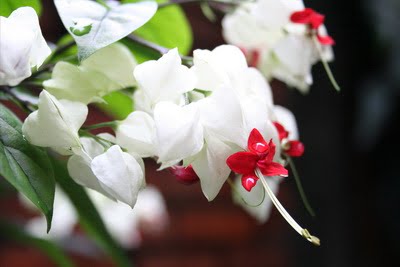
Bleeding heart plants are so named for the shape of the flowers. The flowers appear in early summer, massed along graceful, arching stems in – you guessed it – a distinct heart shape, with a teardrop-shaped stamen at the bottom of the flower.
The flowers are similar in texture to fresh snow peas in that they have more the appearance of a ‘pod’ than what you’d expect in a traditional flower’s petals. The delicate stamen protruding from the bottom of each flower is the ‘drop of blood’.
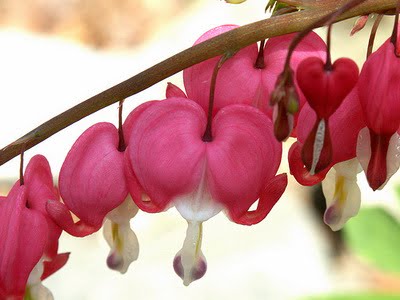
While this plant is undeniably a beauty asset to any shade garden, it’s important to note that bleeding heart plants – that includes all of its parts – are poisonous, so if you’ve got young children, you’ll want them to avoid handling this plant. Even handling the plant can cause skin irritations and rashes.
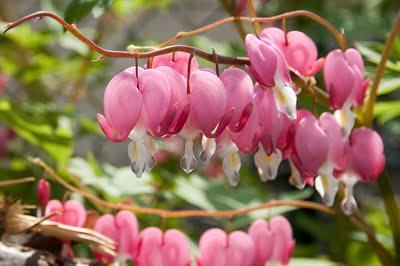
Bleeding heart plants do well in partial to full shade. As for its soil, it should be well drained, with plenty of humus.
Now, how might you best make use of these lovely shade lovers? First, situate them in that shady spot along with other shade lovers, such as hosta plants, as well as perennials that fill in those vacant spots, left after your bleeding hearts die back after flowering.
To help extend the flowering season (and thus the natural die-back), give them plenty of water after flowering has ceased.
So, you no longer need to fret over what you might plant in that shady area of your garden. Your local nursery staff can advise you on the particular varieties that will best thrive in your area. Happy gardening!


